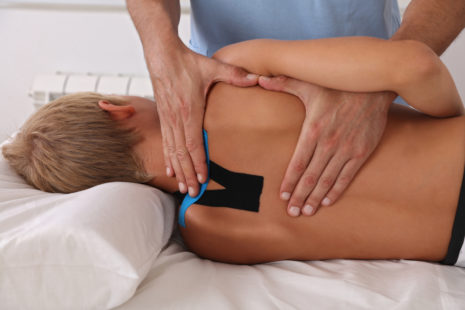The frequency of physical therapy sessions for a rotator cuff injury is a nuanced consideration, influenced by several key factors. These include the extent of the injury, ranging from minor strains to complete tears, as well as individual variations in response to treatment strategies. Also, recommendations from healthcare professionals, including orthopedic specialists and physical therapists, play a pivotal role in determining the optimal therapy regimen.
In the initial stages of treatment, physical therapy sessions for rotator cuff injuries are typically scheduled with a frequency of 2-3 times per week. This frequent cadence allows for close monitoring of progress, ongoing assessment of symptoms, and timely adjustments to the treatment plan as needed. During these sessions, various therapeutic modalities, including exercises to strengthen and stabilize the shoulder joint, manual therapy techniques, and modalities such as ultrasound or electrical stimulation, may be employed to address specific aspects of the injury and promote healing.
As treatment progresses and the individual’s condition improves, the frequency of physical therapy sessions may be adjusted accordingly. This may involve gradually reducing the number of sessions per week as symptoms subside and functional improvements are achieved. Conversely, if challenges or setbacks arise during the rehabilitation process, such as persistent pain or limited range of motion, therapy sessions may be increased in frequency to intensify intervention and address emerging issues.
The determination of the most appropriate frequency of physical therapy sessions for a rotator cuff injury is a collaborative effort between the patient, healthcare provider, and physical therapist. By closely adhering to the guidance and recommendations of these professionals, individuals can optimize their rehabilitation experience, expedite recovery, and regain optimal function and mobility in the affected shoulder.




